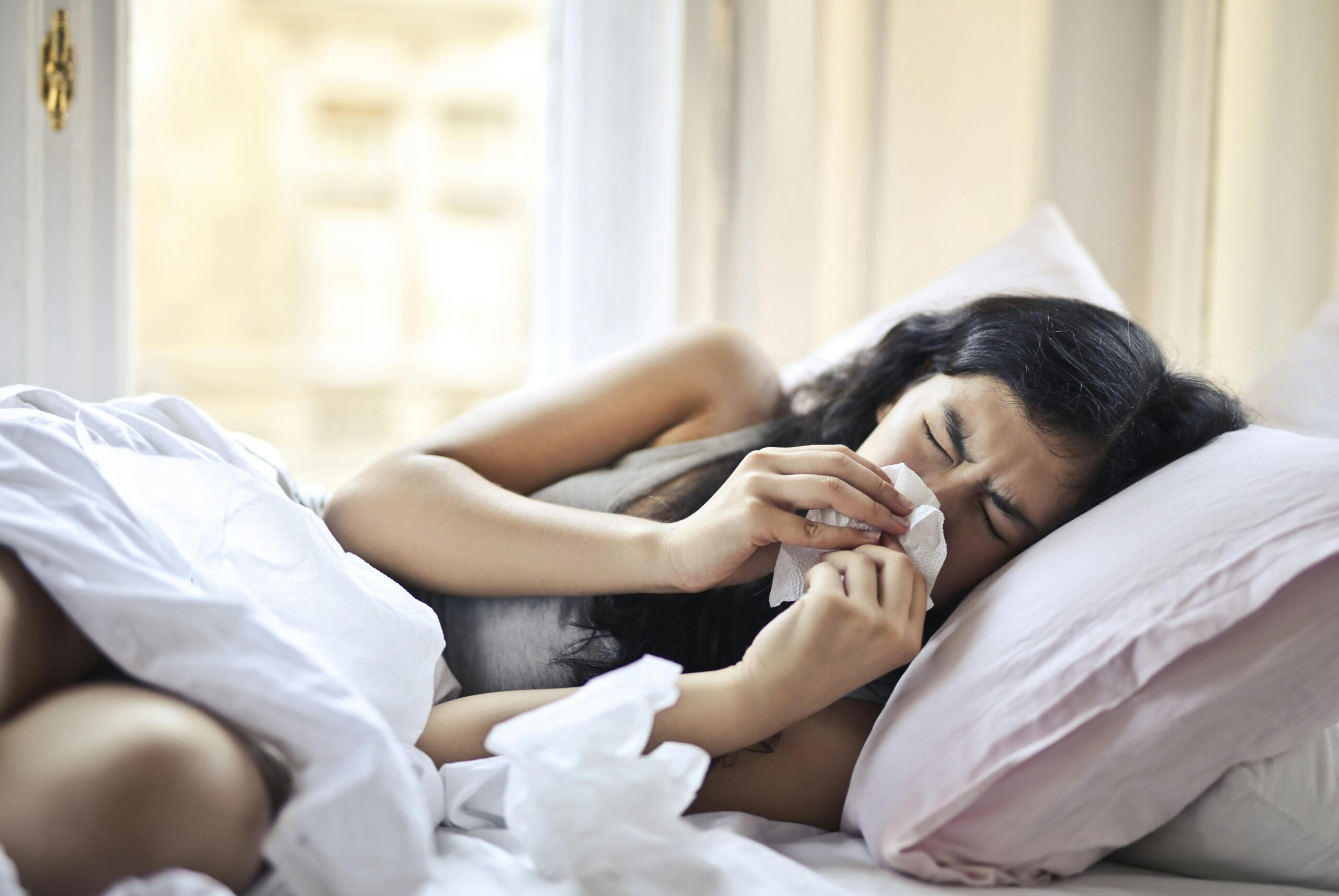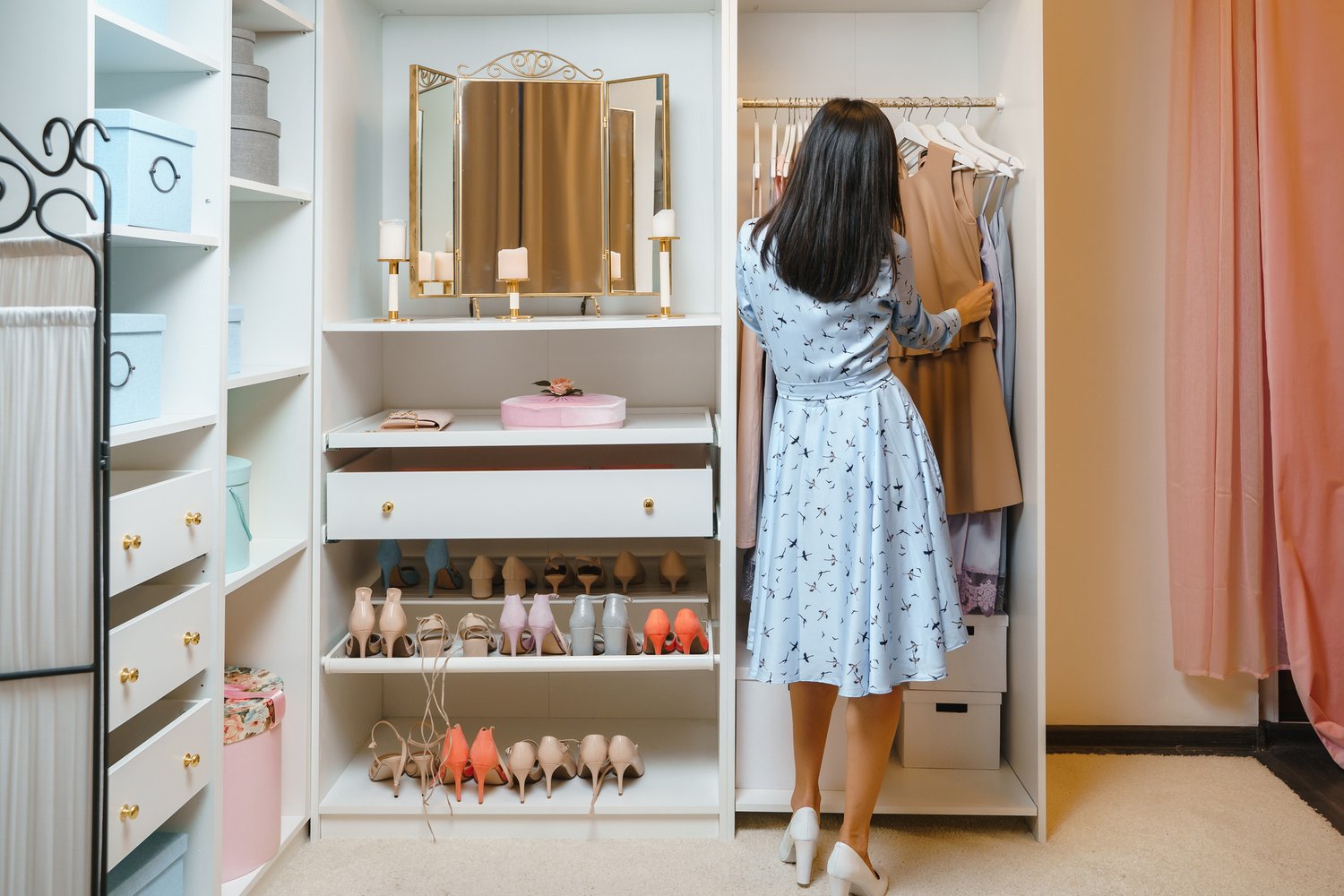When someone in your household has been sick with a cold, flu, or other contagious illness, proper cleaning and disinfection are crucial to prevent the spread of germs throughout your home. Illness-causing pathogens can survive on surfaces for hours or even days, putting other family members at risk. This comprehensive cleaning after illness guide walks you through the essential steps to sanitize your home effectively, focusing on high-touch surfaces, laundry considerations, and improving indoor air quality to create a healthier environment for everyone.
Understanding the Difference Between Cleaning and Disinfecting
Before diving into the cleaning process, it’s important to understand the distinction between cleaning and disinfecting. Cleaning refers to the removal of visible dirt, debris, and some germs from surfaces using soap or detergent and water. This process doesn’t necessarily kill germs but reduces their numbers by washing them away. Disinfecting, on the other hand, involves using chemicals specifically designed to kill germs on surfaces. To effectively prevent the spread of germs in your home after someone has been sick, both cleaning and disinfecting are necessary steps.
When implementing a thorough disinfecting home after flu or cold protocol, always clean surfaces first to remove soil and debris, then follow with a disinfectant according to the product’s instructions. Many disinfectants require a certain “contact time” to effectively kill germs—typically between 30 seconds and 10 minutes depending on the product. Check the label for specific directions to ensure you’re using the product correctly for maximum effectiveness.
Prioritizing High-Touch Surfaces
One of the most important aspects of post-illness cleaning is focusing on high-touch surfaces where germs are most likely to be transferred. When you sanitize high touch surfaces, you’re targeting areas that are frequently handled by multiple people throughout the day. These surfaces include doorknobs, light switches, remote controls, phones, tablets, computer keyboards, handles on cabinets and appliances, faucets, toilet handles, and countertops.
For electronic devices, which can be damaged by excessive moisture, use alcohol-based wipes containing at least 70% alcohol or spray a disinfectant onto a microfiber cloth first, never directly onto the device. For other household surfaces, EPA-registered disinfectants are effective against many common illness-causing pathogens. Remember to wear gloves while disinfecting to protect your skin from harsh chemicals and to prevent transferring germs to other areas of your home.
Tackling Bedroom and Bathroom Sanitation
The bedroom where the sick person recovered requires special attention. Start by completely changing all bedding, including pillowcases, sheets, and blankets. Follow proper laundry tips after sickness by washing these items in the hottest water setting appropriate for the fabric, using regular detergent and adding a disinfecting product if possible. Disinfect the mattress by vacuuming it thoroughly and then using a fabric-safe disinfectant spray. Allow plenty of time for the mattress to dry before remaking the bed with fresh linens.
In the bathroom, pay particular attention to the toilet, sink, and shower areas. Use a toilet bowl cleaner containing bleach or another disinfectant to clean the inside of the toilet bowl, and use disinfecting wipes or spray for the exterior surfaces, including the often-overlooked flush handle. Toothbrush holders can harbor significant amounts of bacteria, so these should be thoroughly cleaned and disinfected as well. Replace the sick person’s toothbrush to prevent reinfection.
Managing Laundry Safely
Proper handling of laundry is essential to prevent the spread of germs home to other family members. When collecting items used by the sick person, avoid shaking dirty laundry, which can disperse virus particles into the air. Consider using a laundry basket with a removable liner that can be washed along with the clothes, or use a disposable bag to transport items to the washing machine.
Wash items using the warmest appropriate water setting and dry them completely using high heat when possible, as heat helps kill remaining pathogens. For items that cannot be washed immediately, store them in a sealed plastic bag until they can be laundered. Remember to sanitize your hands after handling dirty laundry and to clean and disinfect hampers or laundry baskets regularly as part of your cleaning routine.
Improving Air Quality
While surface cleaning is critical, don’t overlook the importance of air quality when recovering from illness in the home. Opening windows (weather permitting) can help increase ventilation and reduce airborne contaminants. Replace HVAC filters with high-efficiency models to capture more airborne particles, and consider using a portable air purifier with a HEPA filter in the rooms where the sick person spent the most time.
If you’re concerned about thoroughly sanitizing your home after a particularly serious illness or if someone in your household has a compromised immune system, professional cleaning services can provide peace of mind. AskHomey can connect you with experienced cleaning professionals who specialize in deep sanitization services to ensure your home is thoroughly disinfected.
When to Clean Again
After completing your initial post-illness cleaning, continue to monitor for any recurring symptoms in household members. It’s advisable to repeat the disinfection of high-touch surfaces daily for at least a week after symptoms have subsided to ensure that any lingering germs are eliminated. This is particularly important during cold and flu season or when dealing with highly contagious illnesses.
Remember that consistent hand hygiene remains one of the most effective ways to prevent the spread of germs home to family members. Encourage everyone in the household to wash hands frequently with soap and water for at least 20 seconds, especially after coughing, sneezing, or touching common surfaces.
For more tips and to connect with reliable home service professionals, follow AskHomey on Facebook and Instagram.



